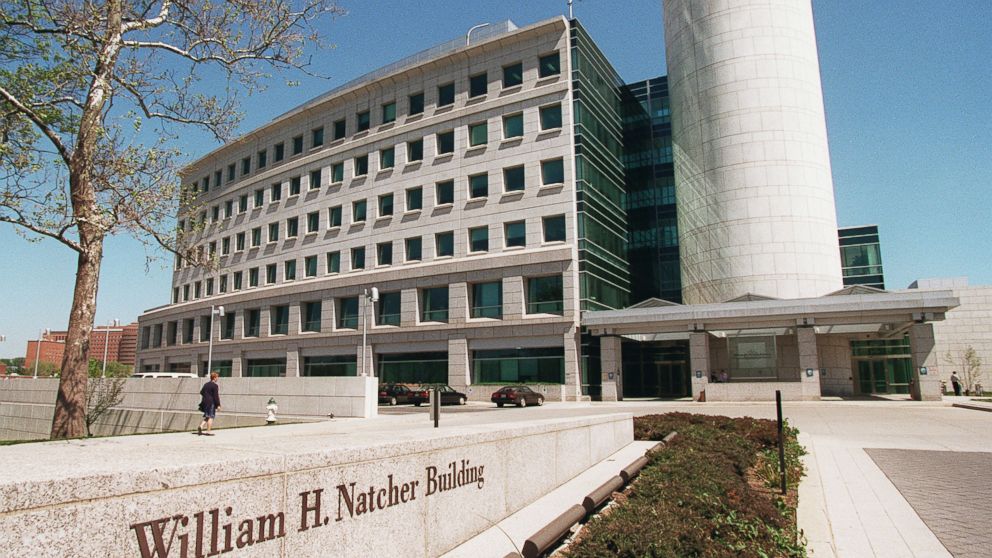NIH Reconsiders 'Chimeria' Embryo Testing With Human and Animal Cells
The ban on some "chimera" embryos was implemented last September.

— -- A moratorium on studying embryos with both human and animal cells for scientific research in the U.S. could be lifted, the National Institutes of Health (NIH) announced today.
Some studies involving human and animal cells have long been part of scientific research; human tumors, for example, are often grown in mice. But the NIH will investigate if it makes sense to allow certain human cells into animal embryos for study.
"Chimeras" -- embryos made of both animal and certain human cells -- could help shed light on a number of health issues, such as drug testing and disease modeling, according to the NIH. The NIH issued a moratorium on this kind of research in September 2015 over concerns that developing these embryos might lead to ethical and animal welfare concerns.
The NIH said it would reconsider this type of research and how to perform it in an ethical manner. The NIH is proposing studying human pluripotent cells in non-human vertebrate embryos that can be added at an specific stage of development. Human pluripotent cells could ultimately become a specific organ cell, such as a liver or heart cell, as long as the cells are used before developing into a fetus. In theory, this research could someday result in an animal growing a human organ that would then be used in organ donation.
The NIH may also allow studies where human cells are added to mammal embryos at a later stage of development in order to understand certain human brain functions in an animal (with the exception of rodents). For example, the research could help scientists understand how Alzheimer's disease affects the brain of certain mammals by adding human cells to a developing pig or cow.
Arthur Caplan, a bioethcist at NYU Langone Medical Center, said it makes sense for the NIH to start looking at how to properly regulate study of these subjects, because it has become clear in the scientific community that countries across the globe are anxious to begin work in this area.
"It's going to be done. It's not whether, it's how fast" it's going to happen, he explained.
He said the NIH has an opportunity to become a leader in how to do this research in an ethical and safe manner.
"If this work makes people nervous, I understand why," he said. "The best thing to do is have tighter [regulation from] NIH as proposed here."
Caplan said that a key driver will be if scientists can create organs in animals that can be used in transplant patients. He pointed out that since many people are kept off the transplant list due to illness or age, the need for organs is likely even higher than documented.
"The real practical payoff is finding different sources of organs by either growing them or making animals" with them, he said. "You want to save lives and want to make money."
The NIH is currently seeking public comments about the proposed research.
Dr. Anish Ghodadra contributed to this article. He is a chief resident at the UPMC Department of Radiology in Pittsburgh and is currently working in the ABC News Medical Unit.




